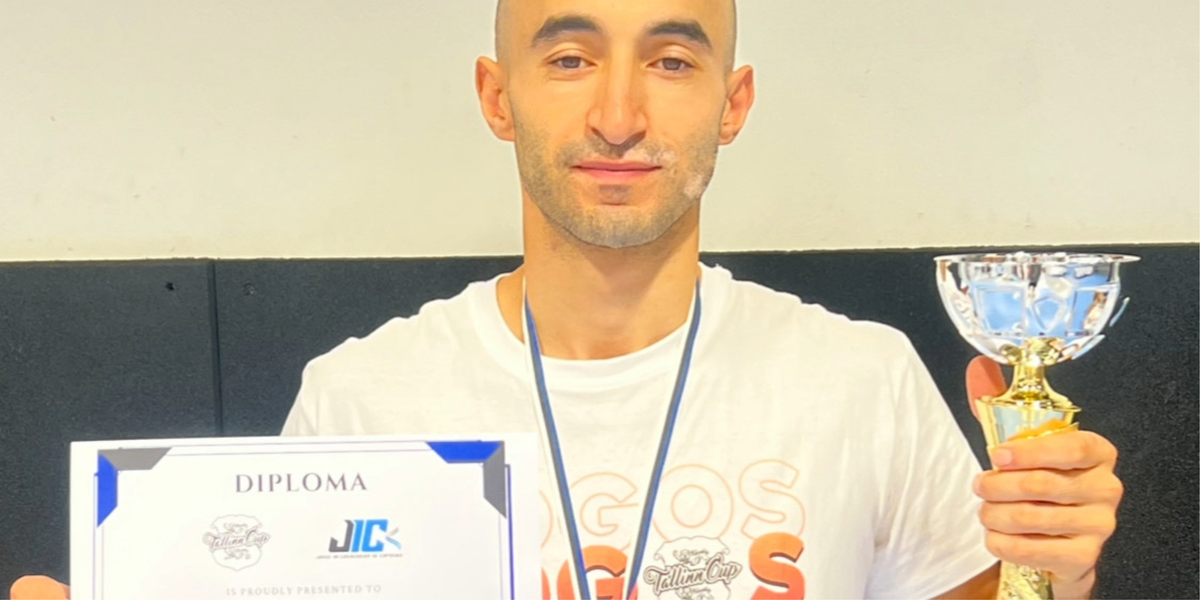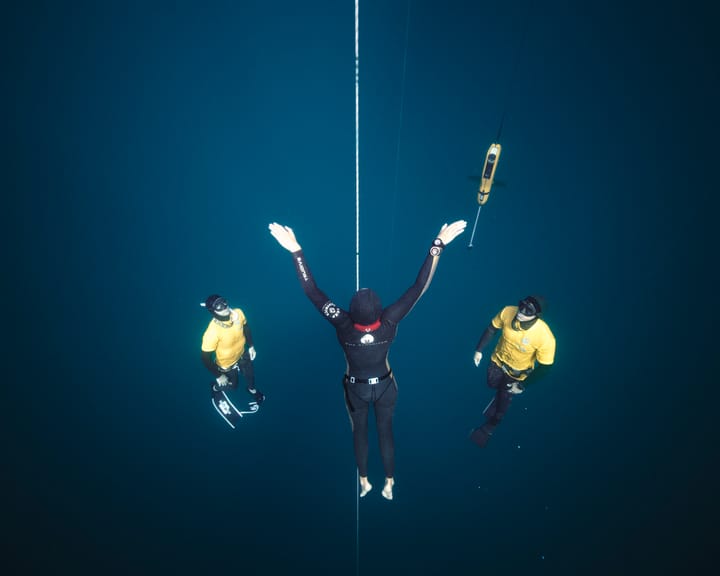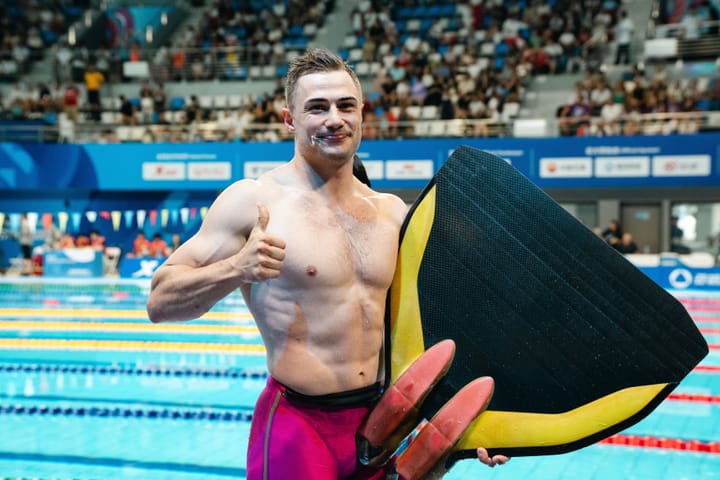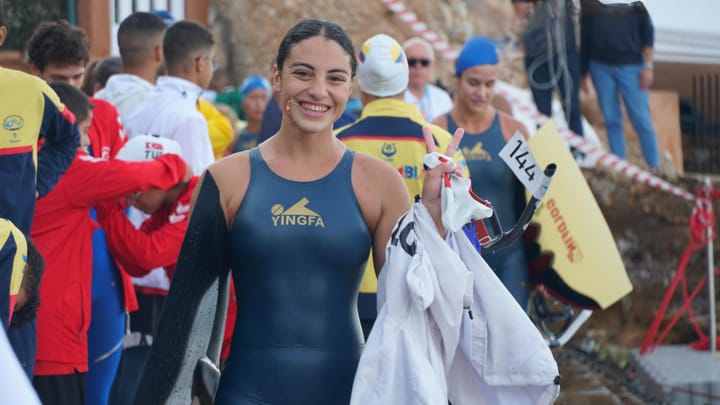Tallinn Cup: Malta's Kilany Takes Second Against 16-Year Veteran
Malta's Eslam Mohamed Kilany placed second at Tallinn Cup, losing a tight three-round final to a Latvian opponent with sixteen years of experience. His proximity-control strategy worked through two rounds before balance failure in the decisive third gave his opponent the opening to secure victory.

Tallinn Cup: Second Place Against Experience
Eslam Mohamed Kilany secured second place at Tallinn Cup in Estonia, falling to a Latvian opponent with sixteen years of experience in a three-round final that came down to balance and endurance in the decisive third round.
The Competition Environment
Tallinn Cup draws strong European capoeira competitors and maintains reputation for quality organization and competitive intensity. The event provided Kilany with opportunity to test revised training strategies against experienced international field before November's Slovakia Open.
The bracket placed Kilany against progressively challenging opponents, culminating in final match against Latvian competitor who brings coaching experience and significant physical advantages in weight and reach.
The Final Fight
The championship match required immediate tactical adjustment. Kilany's opponent possessed clear physical advantages that demanded strategic compensation rather than direct exchanges. The solution centered on proximity control—closing distance to eliminate reach advantage and forcing inside game where size differential mattered less.
"I needed to stay closer to my opponent and fight an inside and close game so I don't give much space for him to play his open game as this is where he can be dangerous," Kilany explains. The strategy required constant pressure and distance management to prevent opponent from establishing rhythm in open exchanges.
Round one went to the Latvian competitor. The experience gap showed in positioning and timing that Kilany couldn't immediately counter. Round two belonged to Kilany. The proximity strategy succeeded, neutralizing reach advantage and creating exchanges where technical execution mattered more than physical parameters.
The third round determined the outcome. Kilany felt his game balance slip. "I lost some balance of my game and he got advantage over me." The opponent capitalized, establishing control that Kilany couldn't reclaim before the round ended.
The fight remained competitive throughout. Neither athlete dominated. Both rounds Kilany won and lost came down to tactical execution rather than overwhelming superiority from either side.
Physical Reality Check
Fighting taller, heavier, more experienced opponent requires perfect tactical execution across all three rounds. Kilany achieved this through two rounds. The balance disruption in round three—whether from accumulated fatigue, momentary mental lapse, or opponent adjustment—created sufficient opening for experienced competitor to secure victory.
Multiple fights throughout tournament day accumulate physical cost. Larger competitors with deeper experience reserves handle this cumulative fatigue differently than lighter athletes still building competitive endurance at elite level.
Competition Format Complexity
Capoeira competition outcomes depend heavily on category composition and ruleset variation. Tournaments assign competitors to brackets based on experience and weight, but significant variance exists within categories. Draw luck matters. Category size matters. A fifteen-person bracket means seven or eight fights before finals. A six-person bracket means three fights maximum.
Tallinn Cup placed Kilany against opponent with substantial experience advantage in final. This matchup difficulty exceeds what first-place finishes in Azerbaijan and Malta Nago required. Competition strength varies significantly across European circuit.
"Every competition has its own rules set and category nature where you might be placed with people that have much experience than you or heavier and bigger than you," Kilany notes. Second place at strong competition against experienced opponent differs from second place at weaker field against peer competitor.
Tactical Takeaway
The proximity-control strategy worked. Round two victory proves the concept. The execution failure came in round three when balance slipped. This represents correctable technical element rather than flawed strategic approach.
Balance maintenance under accumulated fight fatigue becomes priority training focus. The strategy succeeds when executed properly. Physical and mental endurance to maintain execution through third round against experienced opponent requires specific conditioning work.
Slovakia Open Preparation
November's Slovakia Open presents different challenge entirely. Four different capoeira styles mean four distinct strategic approaches. Tallinn Cup's single-style format allowed unified tactical preparation. Slovakia demands versatility across multiple game formats within same competition day.
"I am planning a strategy for each style," Kilany states. Each style emphasizes different technical elements and rewards different tactical approaches. Success requires switching between strategic frameworks efficiently while maintaining technical execution quality across all four formats.
The proximity-control approach that worked at Tallinn Cup may not translate directly to all four Slovakia styles. Tactical flexibility becomes as important as any single strategy's effectiveness.
Perspective
Second place at Tallinn Cup against significantly more experienced opponent confirms competitive viability at elite European level. The result provides specific technical feedback—balance under fatigue—without indicating performance ceiling or trajectory decline.
"There is no losing only learning and keeping the fighting spirit alive," Kilany explains. Tallinn Cup delivered tactical validation through two rounds and identified correctable technical element through round three. Slovakia Open tests whether conditioning adjustments and style-specific preparation translate to improved competitive outcomes.
The fight was close. The opponent earned the victory through experience and execution when opportunity appeared. Kilany's task involves eliminating the third-round execution gap that created that opportunity.




Comments ()